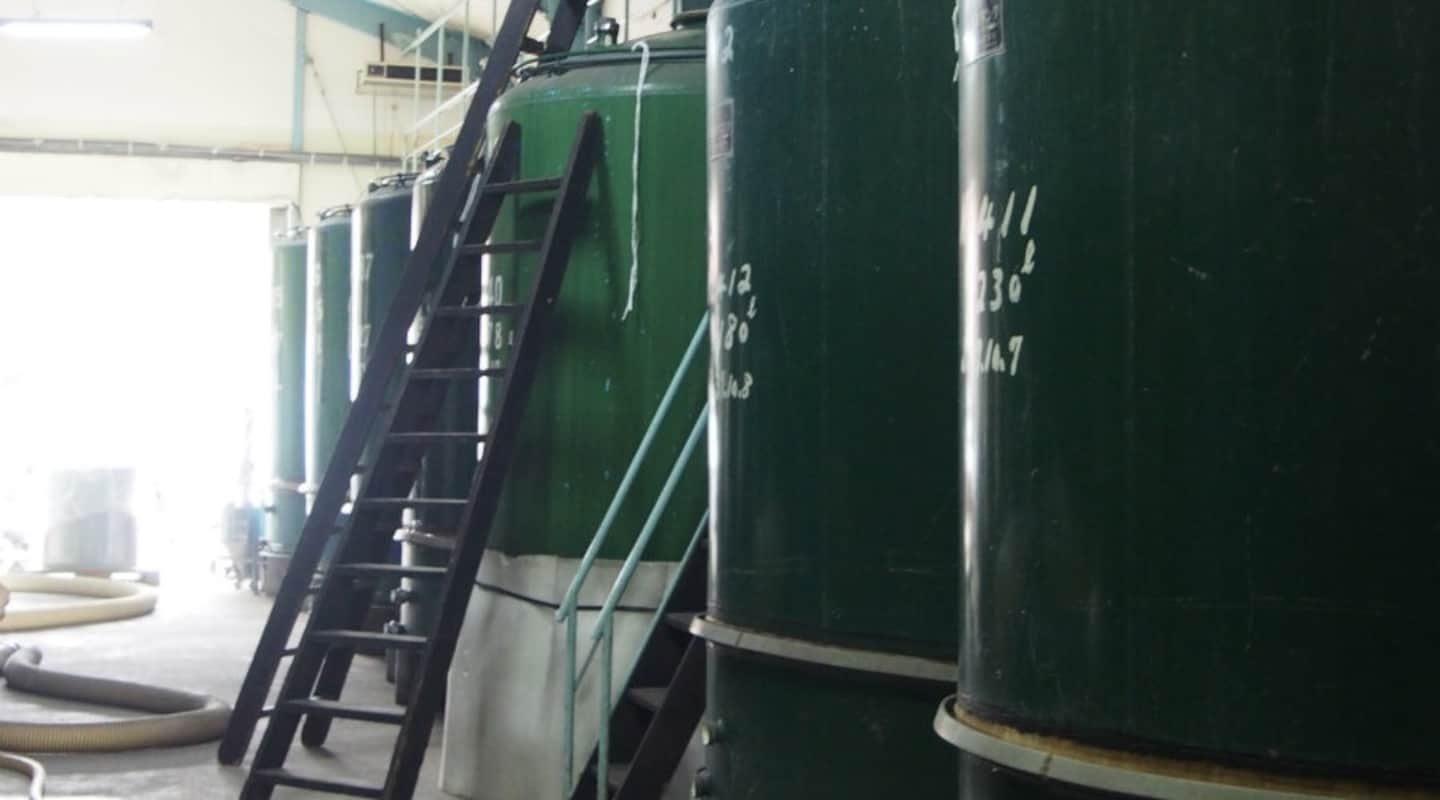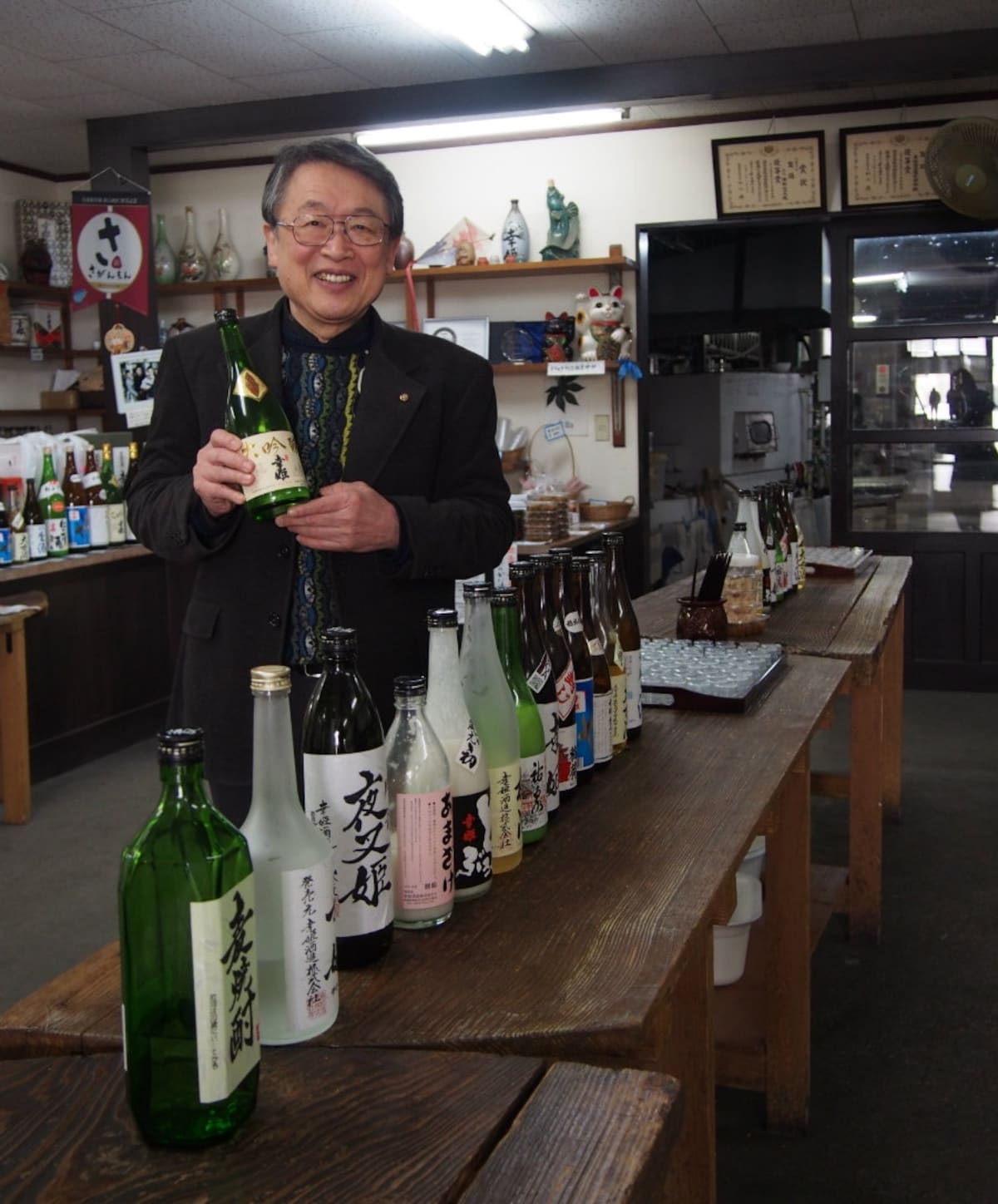Savor Sacred Sake in Saga
Japan’s traditional sake breweries are known as sakagura. Kashima, a city in Saga Prefecture, came up with the concept of “sake brewery tourism,” where visitors tour breweries and sample the rich brews each sakagura offers.
By Highlighting Japanhttp://www.gov-online.go.jp/eng/publicity/book/hlj/html/201504/201504_03_en.html
The chance to savor so many fine sakes has drawn travelers from both Japan and abroad, and proven to be a huge success.
Brewery tourism began when Nabeshima, a brand Kashima brewery Fukuchiyo Shuzo produces, was crowned champion sake at the 2011 International Wine Challenge, one of the world’s most prestigious wine competitions. In the wake of that impressive award, all eyes were on Kashima as “the town that produced world-champion sake.” So in March 2012, the town organized an event where six hometown breweries held a joint kura-biraki—a start-of-year open house where visitors can sample the various sakes a brewery produces. (The breweries previously held their kura-biraki separately.) The festival—dubbed Kashima Sake Brewery Tourism—attracted 30,000 thirsty tourists: a crowd equal in size to the population of Kashima itself.
Since alcohol takes center stage at this event, public transportation is made widely available for tourists. Along with comparing the first sakes of the season that debut at the brewery openings, tourists can also enjoy Kashima’s unique cuisine, culture and history. With the domestic and global boom in Japanese cuisine, itineraries that allow visitors to savor the attractions to be found in Kashima’s unique natural location between the mountains and the sea—Mount Tara and the Ariake Sea, to be precise—have proven to be big hits.
http://www.gov-online.go.jp/eng/publicity/book/hlj/html/201504/201504_03_en.html
Kashima has long been blessed with pure waters and delicious rice, and its sake breweries have prospered since the Edo Period (1603-1868). Breweries dating from the 17th to the early 19th centuries have collaborated to create the designated historical preservation district of Hizen-Hama Shuku, one of the venues for Kashima Sake Brewery Tourism.
Hizen-Hama Shuku offers sights such as townhouses with samurai-style thatched roofs that evoke fond memories of days gone by. Nearby Yutoku Inari Shrine—one of Japan’s three main Inari shrines (the other two being Fushimi Inari Taisha in Kyoto and Aichi Prefecture’s Toyokawa Inari, although the shrines listed might be different depending on the literature) dedicated to Inari, the Japanese god of prosperity—is also a famous sightseeing spot, receiving over 3 million visitors per year.
“Yutoku Inari Shrine has long attracted many visitors from Taiwan, China, Korea and elsewhere in Asia seeking blessings for prosperity and family fortune,” says Yukihiro Minematsu, president of Sachihime Brewery, the creator of Yutoku Inari’s sacred sake. The richly colored shrine has served as a filming location for a hit drama made in Thailand, leading to an increase in Thai visitors. The shrine also attracts many American tourists from the Sasebo military base in neighboring Nagasaki Prefecture.
Sachihime Brewery is open for tourists to observe the brewing process, and its president notes: “We provide brewery tours for tourists from overseas, with explanations of the brewing procedure printed in English. We conclude the tours with free tastings of the varieties of sake we produce. Our umeshu plum liqueur—made by steeping plums in traditional Japanese sake—has proven to be our most popular product.”





